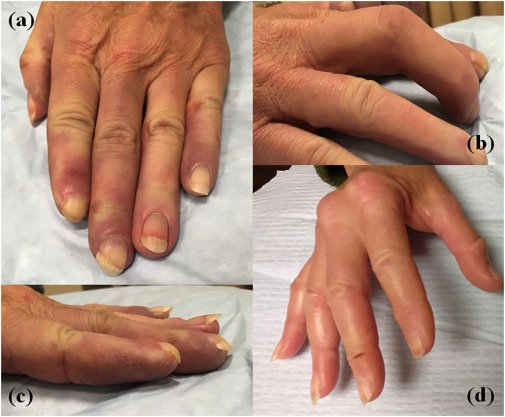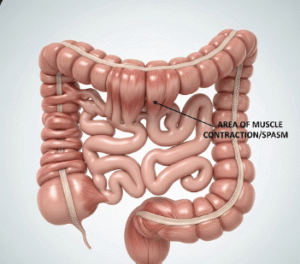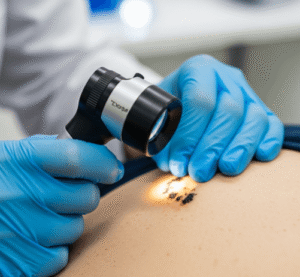Overview
Systemic sclerosis, also known as scleroderma, is a rare autoimmune disease that causes hardening and tightening of the skin and connective tissues. It can also affect internal organs such as the lungs, heart, kidneys, and gastrointestinal tract. In Korea, early diagnosis and multidisciplinary treatment are crucial for managing the disease and improving quality of life.
What is Systemic Sclerosis?
Systemic sclerosis is a chronic autoimmune disorder characterized by fibrosis (thickening and scarring) of the skin and internal organs. It is part of a group of diseases called connective tissue diseases. The exact cause is unknown, but the immune system appears to attack the body’s own tissues, leading to widespread inflammation and fibrosis. It is more common in women and typically develops between the ages of 30 and 50.
Symptoms
- Thickening and tightening of the skin, especially on the hands, face, and feet
- Raynaud’s phenomenon (fingers/toes turn white or blue in cold or stress)
- Joint stiffness and pain
- Fatigue
- Heartburn or difficulty swallowing
- Shortness of breath (if lungs are involved)
- Swelling of fingers and hands
- Ulcers on fingertips
- Pulmonary hypertension (in severe cases)
Causes
- The exact cause is unknown
- Likely involves a combination of genetic predisposition, autoimmune response, and environmental triggers
- Abnormal immune activation leads to overproduction of collagen, resulting in fibrosis
Risk Factors
- Gender: Women are affected more than men
- Age: Most common between ages 30 and 50
- Family history of autoimmune disease
- Exposure to silica dust, certain solvents, or viral infections (potential environmental factors)
Complications
- Pulmonary fibrosis and lung dysfunction
- Kidney crisis (scleroderma renal crisis)
- Pulmonary arterial hypertension
- Heart rhythm problems and heart failure
- Digestive system issues (e.g., reflux, malabsorption)
- Increased risk of infections
- Depression or anxiety due to chronic illness
Prevention
- There is no known way to prevent systemic sclerosis
- Early diagnosis and treatment can delay progression
- Avoiding exposure to cold (to reduce Raynaud’s symptoms)
- Protecting the skin and maintaining joint flexibility
- Regular monitoring for organ involvement
Treatment Options in Korea
- Diagnosis
- Clinical examination: Observation of skin changes and symptoms
- Blood tests: Antinuclear antibodies (ANA), anti-Scl-70, and anticentromere antibodies
- Nailfold capillaroscopy: Examines small blood vessels in the fingers
- High-resolution CT scan: To assess lung involvement
- Echocardiogram and pulmonary function tests: For heart and lung monitoring
- Skin biopsy (rarely required)
- Medications
- Immunosuppressants: Methotrexate, mycophenolate mofetil, or cyclophosphamide
- Corticosteroids: Used with caution due to risk of kidney crisis
- Vasodilators: For Raynaud’s and pulmonary hypertension (e.g., nifedipine, bosentan)
- Proton pump inhibitors: To treat acid reflux and esophageal symptoms
- Antifibrotic agents (such as nintedanib for lung fibrosis)
- Lifestyle and Supportive Therapies
- Physical and occupational therapy for joint flexibility
- Moisturizers and gentle skincare routines for dry, tight skin
- Avoiding cold environments, wearing gloves, and stress management
- Psychological support and counseling
- Advanced Treatment Options in Korea
- Stem cell transplantation (for selected severe cases)
- Plasmapheresis in experimental or severe refractory cases
- Pulmonary rehabilitation programs for lung involvement
- Clinical trials and advanced treatment available at major hospitals












